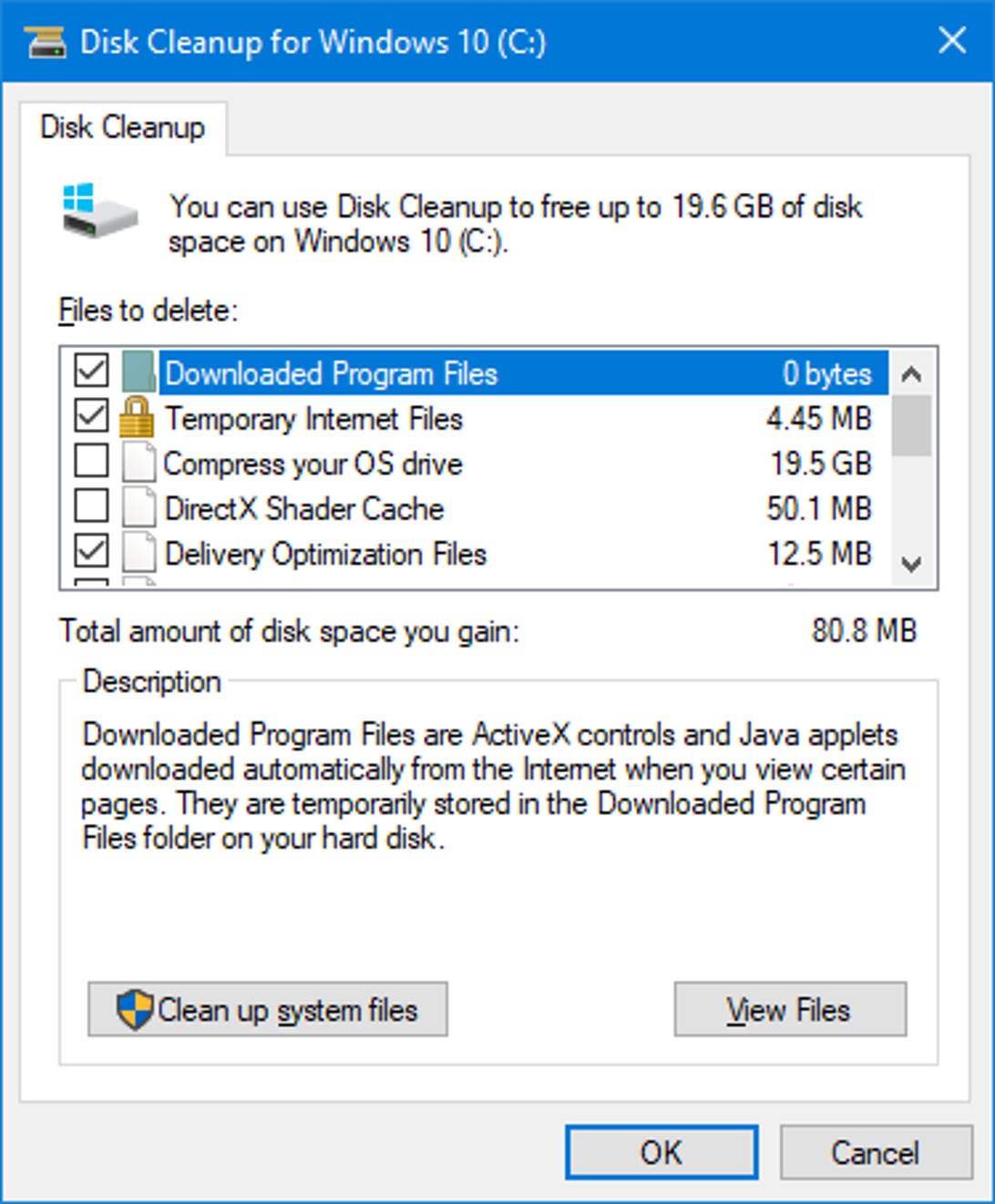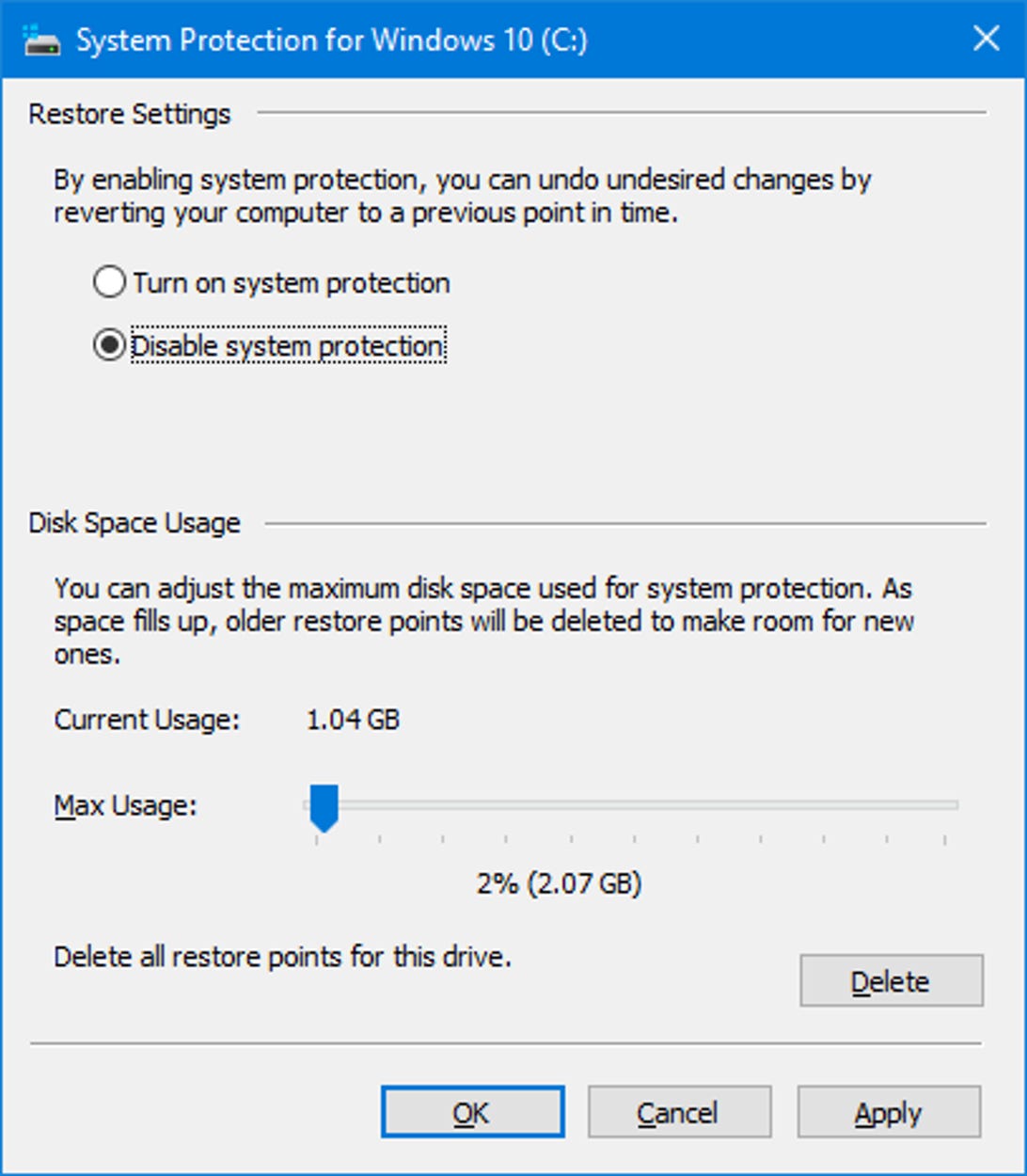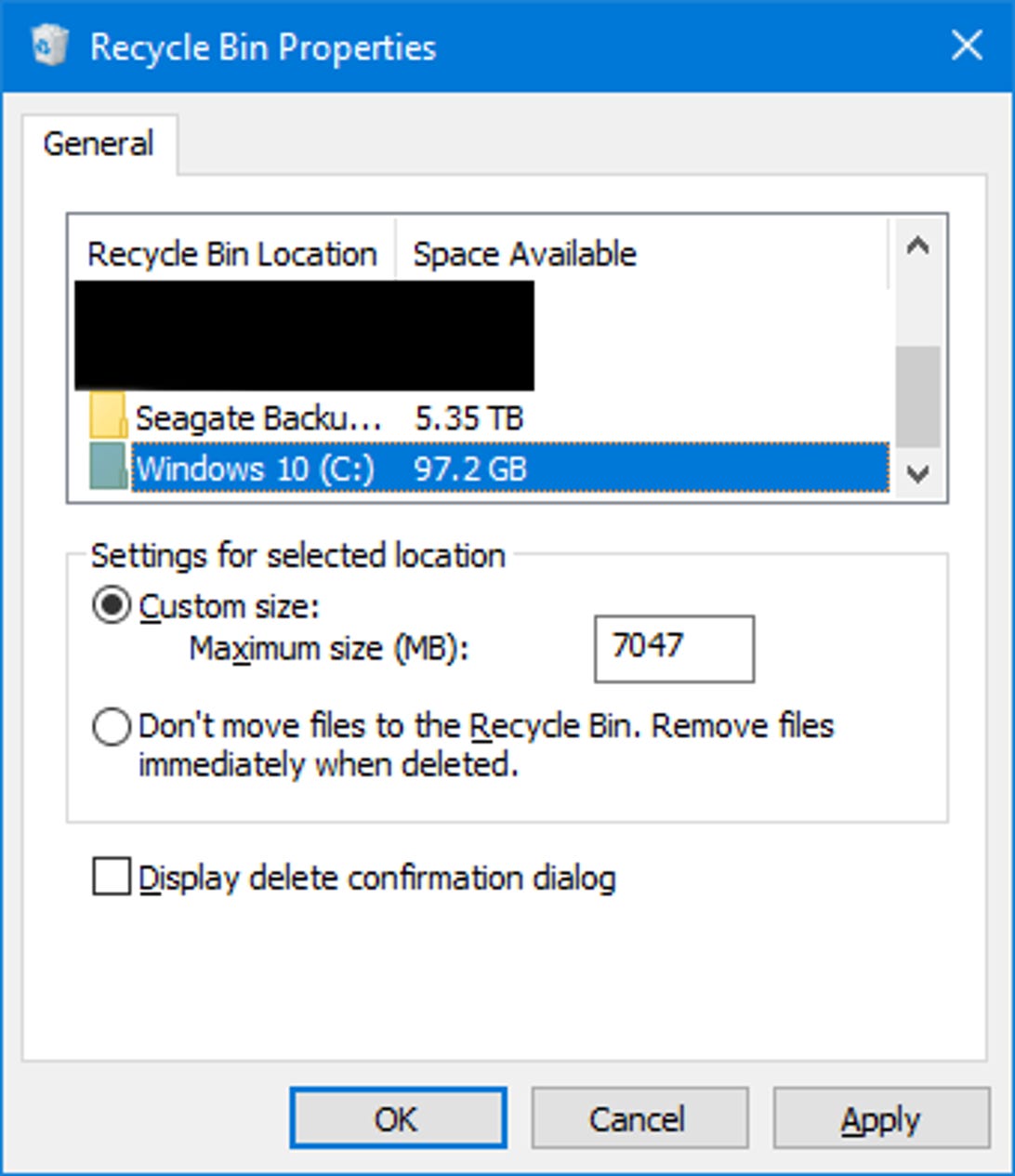How Do I Clean Junk Off My Computer

Just like your fridge, a reckoner's storage space needs to be cleaned out every once in a while to proceed things running smoothly. "Temporary" files can get left behind permanently, and big updates to Windows may create many gigabytes of fill-in files that y'all never end up using.
Many junk file cleaning apps go too far, however, such as deleting your web browser cache, which will refill itself anyway over time and whose files aid you lot load websites faster. Allow'south evidence you how to tidy things up yourself, using Windows' own congenital-in tools.
The Deejay Cleanup tool
Every storage device in your computer has access to the Deejay Cleanup tool. Find it past clicking the Kickoff button, typing "disk cleanup" (whenever I say to type something, I mean without the quotes), and clicking the Deejay Cleanup shortcut in your search results. Click and drag this shortcut to your desktop or taskbar for easier access next time. You tin can likewise find the tool by correct-clicking a storage device in File Explorer, selecting Properties, and clicking the Disk Cleanup button to the right of the pie nautical chart.
Sometimes the shortcut doesn't testify upwards in your search results. If this is the instance, instead of typing "disk cleanup," type "free up disk space." A phrase may work when the name of the program doesn't.
If y'all accept a lot of stuff to make clean up, it may have the tool several minutes to analyze your state of affairs and get your cruft organized for deletion. One time that'due south washed, you'll exist presented with a new window containing a list of things that are safe to delete. Some boxes are even prechecked, such as the one side by side to Temporary Internet Files.

Browser and thumbnail caches
Browser and thumbnail caches tin consume several gigabytes. When you lot load a webpage, information technology gets stored here for quicker access subsequently, and so cleaning out the enshroud can make time to come browsing slower.
Chrome and Firefox caches go cleaned from within those apps through a bill of fare accessed by pressing Ctrl+Shift+Delete when the browser is open. It's preferable to practise it within the browser, because you get more detailed command over what you want to go on and become rid of.
While wiping your browser enshroud only temporarily frees up space, it doesn't hurt to periodically wipe it clean and start fresh, if you take security or privacy concerns.

Dealing with thumbnails
The Deejay Cleanup tool has one list item specifically for thumbnails. Thumbnails include things like app icons and picture previews. Only if you articulate out this cache, Windows will take to regenerate those images the next time you view a folder with a lot of media or icons in it. Each thumbnail will also take fourth dimension to recreate, so a large folder may take several minutes to rebuild its cache. If you're looking for a specific motion-picture show or video, you may take to look until the thumbnail has been created, unless yous know its file proper noun.
Nosotros recommend leaving the Thumbnails particular in Disk Cleanup unchecked, unless the enshroud size is creating issues with your available free space.
System files
The biggest hoarders of your disk space are probably system files, so click the Clean up system files button to access them. This volition perform some other analysis, which tin take a few minutes, specially if information technology detects those Windows Update backup files that nosotros mentioned earlier. And so information technology will load a window that looks exactly like the analysis results window y'all saw in Disk Cleanup.
This time, however, there are additional items in the list. If you're using Windows 7 ($28 at Amazon), you may observe several gigabytes of Service Pack Fill-in Files listed. In theory, this archive can be used to disengage a service pack. In do, information technology takes upwards a load of space, and it would be faster and more reliable to just restore from a previous backup image than to disengage a service pack.

System Restore
Windows uses System Restore to preserve arrangement files in example they're accidentally deleted or corrupted. A system restore is like a bookmark or snapshot that the operating system tin can get back to. It doesn't back up the entire contents of your storage device, so it may not assist yous if y'all can't kicking Windows at all. And these periodic bookmarks tin end upwards hogging a lot of space. In fact, in Windows 8 and 10, System Restore is disabled by default, so you shouldn't need to mess with its settings unless you've enabled the feature yourself.
Unfortunately, Windows doesn't let y'all choose which restore points you want to keep, nor does it easily tell you how much deejay infinite your restore points are taking upward. The Disk Cleanup tool lets yous delete all but the virtually recent 1, and that's about it. To do and so, go to the Disk Cleanup tool. Click Clean up system files, and so the More than Options tab, then go downwardly to the Arrangement Restore and Shadow Copies section, then click the Clean Up push, and finally the Delete button to confirm.
Do you lot want to delete all your restore points? For that, you demand a unlike tool. Click the Start card button, correct-click Computer, select Properties, click the System Protection link on the left-paw side, and click the Configure push button to access your System Restore settings. If y'all don't have a Figurer shortcut on your Start menu or your desktop, click the Starting time button, type "computer" to get it to come up in your search results, correct-click information technology, select Backdrop, and y'all volition be at the window where y'all click System Protection. Then click Configure.
You tin disable System Restore altogether, tell Windows what percentage of disk space you desire to dedicate to Organization Restore, and click the Delete button to delete all restore points. This window also shows yous how much space your System Restore points are taking up. By default, Windows 7 sets aside about 5 percent of your storage device for restore points. So, in theory, information technology won't get crowded. Simply if you have a roomy storage device, that 5 per centum can add upwards to a lot of gigabytes that may be better used elsewhere. And overall, creating system backup images and storing them on an external drive (or fifty-fifty in the deject) will give you amend control and more consistent results.

The hibernation cache
When y'all turn off your Windows device, information technology tin can put your open up apps and open files in a large file called the hibernation enshroud, to help y'all pick upwardly where y'all left off when you plough your PC on subsequently. Alternatively, sleep mode keeps this information in your system RAM and puts the device in a low-power fashion. Hibernation mode doesn't draw battery power, so information technology's meliorate for laptops and tablets. Merely information technology takes longer to kick up than restoring from sleep mode, which is more or less instant, then yous sacrifice some convenience.
If your Windows device is commonly plugged into a power outlet, hibernation mode probably won't be as useful as sleep manner, and then you should be able to disable the hibernation cache without side furnishings. The storage infinite that y'all save is roughly equal to how much system RAM your device has.
To disable hibernation, click the Start button, type "cmd", right-click cmd.exe, select Run as Ambassador, and click Yes to ostend. This is the Windows command prompt. Paste "powercfg.exe /hibernate off" into the command prompt. Ctrl-Five doesn't piece of work hither in Windows 7, though. Instead, you have to right-click in the window and select Paste. Then hit Enter. If yous desire to re-enable hibernation mode later, paste "powercfg.exe /hide on". The change will take effect immediately.

Managing the Recycle Bin
When you delete a file, Windows doesn't erase it past default. The file only goes to the Recycle Bin, where it volition stay until yous tell Windows to empty the bin. So the bin needs to be checked periodically to make sure your disk space isn't being used upward by big files you no longer demand.
You can also arrange how much storage the Recycle Bin uses. To do so, open up the File Explorer (press Windows+E), find the bin in the left-hand pane, right-click it, and select Properties. The bin might non be displayed by default, in which case you lot demand to right-click in the left-mitt pane and select Show All Folders. (The Bin is technically a binder.)
In the Recycle Bin backdrop window, you lot can tell Windows the maximum corporeality of space y'all want to apply for the bin. The default is 5 percent of your C: drive's storage capacity, and you tin increase that to 10 per centum. Y'all can besides tell Windows to skip the bin altogether, as well as disable the confirmation prompt that pops upwardly when you attempt to delete a file. When you're done making your changes, click the OK push button to save them.

Source: https://www.cnet.com/how-to/clean-out-junk-files-in-windows-10/
Posted by: smithpren1947.blogspot.com


0 Response to "How Do I Clean Junk Off My Computer"
Post a Comment